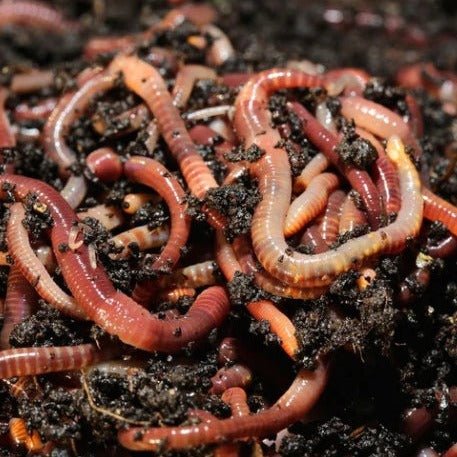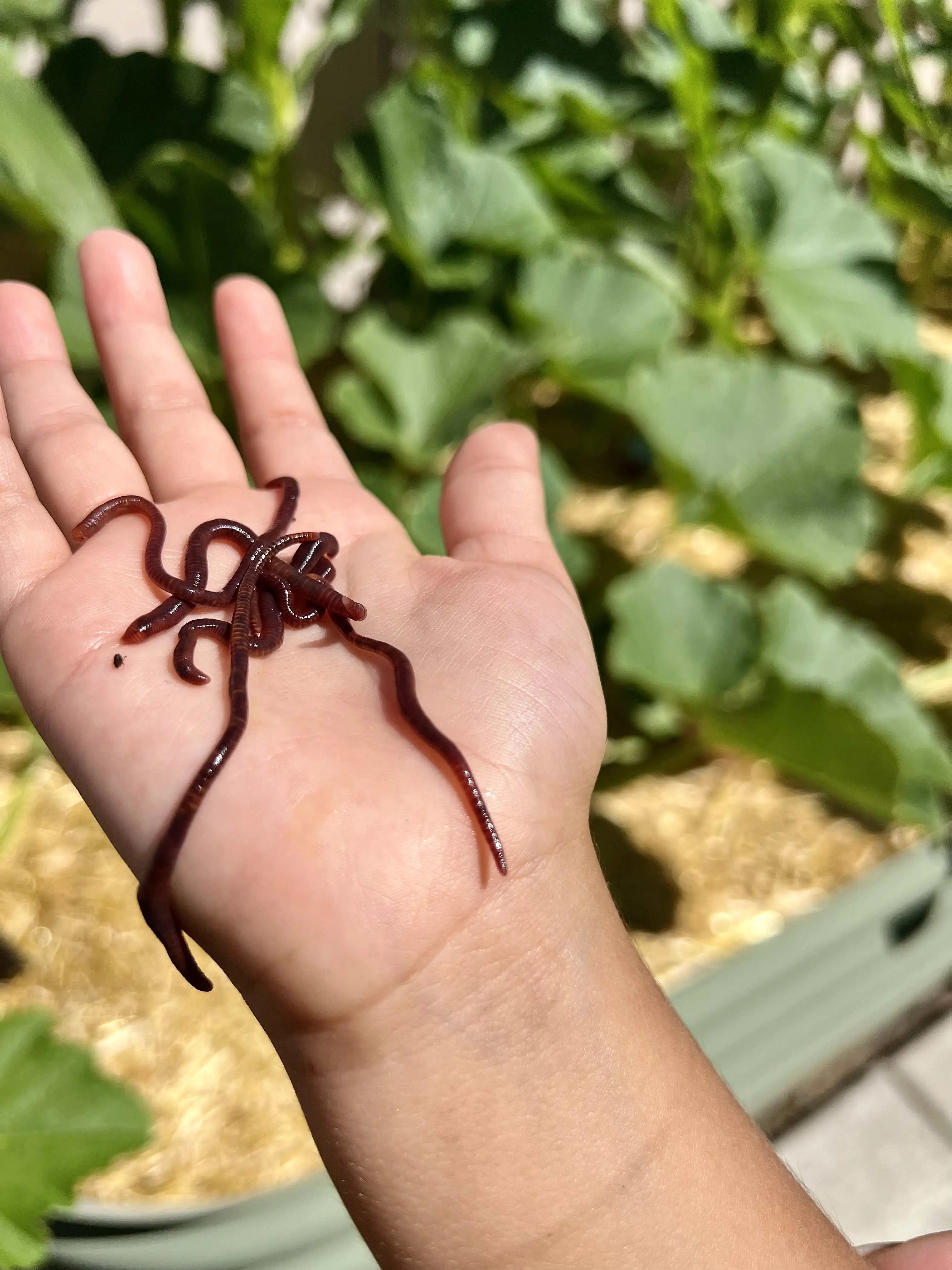Red Wigglers: The Unsung Heroes of Organic Waste Recycling
Red wigglers, or Eisenia fetida, offer as essential representatives in the natural waste reusing procedure, changing disposed of materials right into useful vermicompost. As the world increasingly looks for remedies to combat waste buildup and improve agricultural performance, understanding the function of these worms ends up being vital.
What Are Red Wigglers?
The amazing strength of red wigglers, scientifically known as Eisenia fetida, underscores their crucial function in natural waste recycling. These small, reddish-brown earthworms are generally found in breaking down raw material, such as compost heaps and manure loads. Lake Hickory Bait. Unlike other earthworm species, red wigglers prosper in nutrient-rich environments and are highly effective at breaking down natural products, making them necessary for vermicomposting

(Red Wiggler Express)Along with their function in waste decrease, red wigglers add to soil health by improving soil framework and oygenation with their delving tasks (Lake Hickory Bait). Their existence in composting systems not just enhances decomposition rates however also advertises a sustainable approach to throw away monitoring, showing their value in ecological conservation efforts
Benefits of Composting With Worms
Composting with worms, specifically red wigglers, provides many benefits that boost both waste monitoring and soil wellness. Initially, these worms successfully damage down natural waste, transforming it right into nutrient-rich vermicompost that enriches dirt. This procedure increases disintegration, permitting a quicker recycling of kitchen area scraps and other organic materials compared to conventional composting methods.
Additionally, the vermicompost produced by red wigglers is brimming with beneficial microorganisms, which aid boost dirt structure, aeration, and moisture retention. This enhances the total health and wellness of plants, advertising strenuous development and enhanced yields in yards and agricultural setups. The usage of worms in composting reduces the production of greenhouse gases, such as methane, adding to an extra sustainable waste monitoring system.

How to Begin Vermicomposting
Developing a vermicomposting system is a straightforward process that can generate significant benefits for both waste management and soil enrichment. To begin, pick a suitable container, such as a plastic bin or wooden box, with appropriate air flow holes to make sure appropriate air movement. The measurements need to ideally be around 2 feet by 3 feet, enabling enough room for the worms to grow.
Following, prepare bed linens material, which can include shredded paper, cardboard, or coconut coir. This bed linens must be dampened to develop an ideal environment for the worms. As soon as the bedding is in place, introduce red wigglers (Eisenia fetida) into the container, commonly around one pound of worms for every square foot of surface.
Adhering to the placement of worms, add natural waste, such as fruit and vegetable scraps, coffee grounds, and crushed eggshells. With these actions, you will efficiently initiate a vermicomposting system that contributes to lasting waste administration and improves your soil.
Preserving a Healthy And Balanced Worm Bin
(Red Wiggler Express)Maintaining a worm bin flourishing requires regular focus and treatment to ensure the health and wellness of the red wigglers and the efficiency of the composting process. Correct maintenance starts with monitoring the wetness levels; the bin needs to be wet but not saturated. A good general rule is to keep an uniformity comparable to a wrung-out sponge.
Delicately blending the bedding and food scraps every couple of weeks stops compaction and guarantees that all worms have access to oxygen. Furthermore, it is vital to feed the worms suitably.
If the container ends up being too warm or cold, the worms may end up being stressed. By carefully handling these factors, one can preserve a durable and effective worm container.
Influence On Sustainable Living
The successful maintenance of a worm container not just profits the wellness of red wigglers yet additionally adds significantly to lasting living methods. By recycling natural waste, such as kitchen area scraps and lawn debris, red wigglers help draw away significant amounts of material from garbage dumps. This decrease in waste not only lowers greenhouse gas emissions however additionally decreases the ecological concern related to waste management.
Furthermore, the spreadings produced by red wigglers act as a nutrient-rich organic fertilizer, improving dirt health and wellness and advertising plant growth. This natural choice to chemical fertilizers sustains sustainable agriculture and horticulture methods, minimizing reliance on synthetic inputs that can hurt ecological communities. Additionally, worm composting cultivates understanding of waste administration, urging people and communities to take on even more sustainable practices.

Final Thought
In summary, red wigglers act as important contributors to natural waste reusing via their reliable disintegration of natural materials. Their ability to generate nutrient-rich vermicompost boosts soil wellness and supports sustainable farming methods. By integrating vermicomposting right into waste management strategies, people and communities can dramatically decrease waste while promoting environmental sustainability. The duty of Eisenia fetida in promoting healthy and balanced ecological communities underscores the significance of these organisms in accomplishing lasting living and boosting soil fertility.